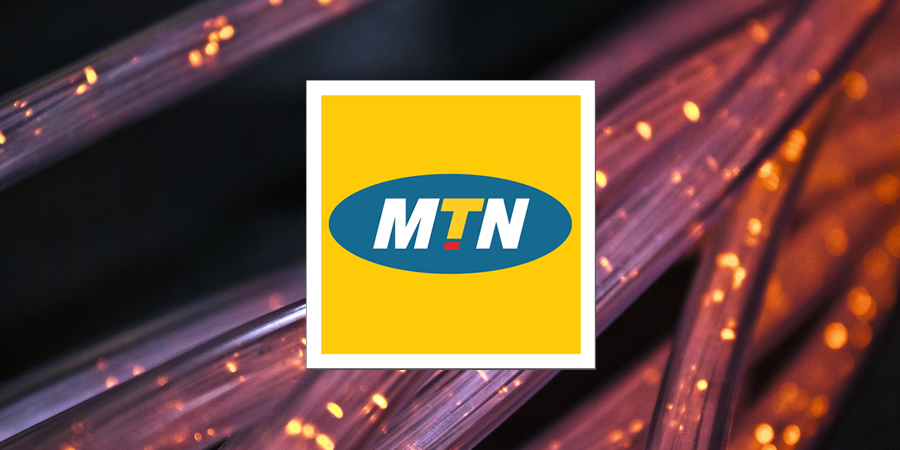MTN announced the completion of its part in the long-awaited coastal national long-distance (NLD) cable project, known as NLD 5 and NLD 6. The impressive 1,822 km fiber route coverage starts in Cape Town, runs along the N2, and leads up to Durban.
Commencing over 3 years ago, the NLD 5/6 project is constructed by Liquid Intelligent Technologies, with MTN as the key anchor investor. Apart from the benefits of fast, secure, and stable connectivity as well as more capacity and higher speeds, the NLD also plays a part in MTN’s broader initiative to modernize its entire network in South Africa. This will ensure that the company is geared for the fourth industrial revolution and 5G future.
“The project gives MTN an opportunity to provide additional and significant capacity between coastal cities and the rest of SA, ensuring the digital world is brought one step closer for many more people,” says Giovanni Chiarelli, chief technology & information officer at MTN SA.
Closing connectivity gaps remains a challenge across the sub-Saharan Africa region and the completion of this initiative will help connect the unconnected. It will have a huge impact on businesses and communities that are looking to harness the benefits of newly enabled services.
“NLD 5/6 will enable us to deploy fiber-related connectivity to a wider SA population, particularly to previously disadvantaged rural and township communities. This is an addition to ACE (East Africa cable) and WACS (West Africa) cable projects that MTN Group is already driving as a key partner,” added Giovanni.
The high-capacity transport network interconnects the east and west coast undersea cable systems located in Mtunzini (EASSY), Dynefontein (ACE), and Yzerfontein (WACS), enabling seamless connectivity to the MTN network. Giovanni pointed out that despite being a complex project to finish, the dedication and expertise of technicians and engineers made it possible to light up the digital highway of South Africa.
Moreover, already established paths have experienced up to 50% improvement in latency with respect to previously provided links from third-party providers. “MTN believes everyone deserves to enjoy the benefits of the modern, connected world and we are therefore extremely pleased to have reached this important milestone to enhance connectivity and provide more digital opportunities.”
In conclusion, Giovanni affirms that the work of MTN does not stop now, as future network requirements must be fulfilled. These include new technologies such as Segment Routing for efficient routing and network computational resource usage.










